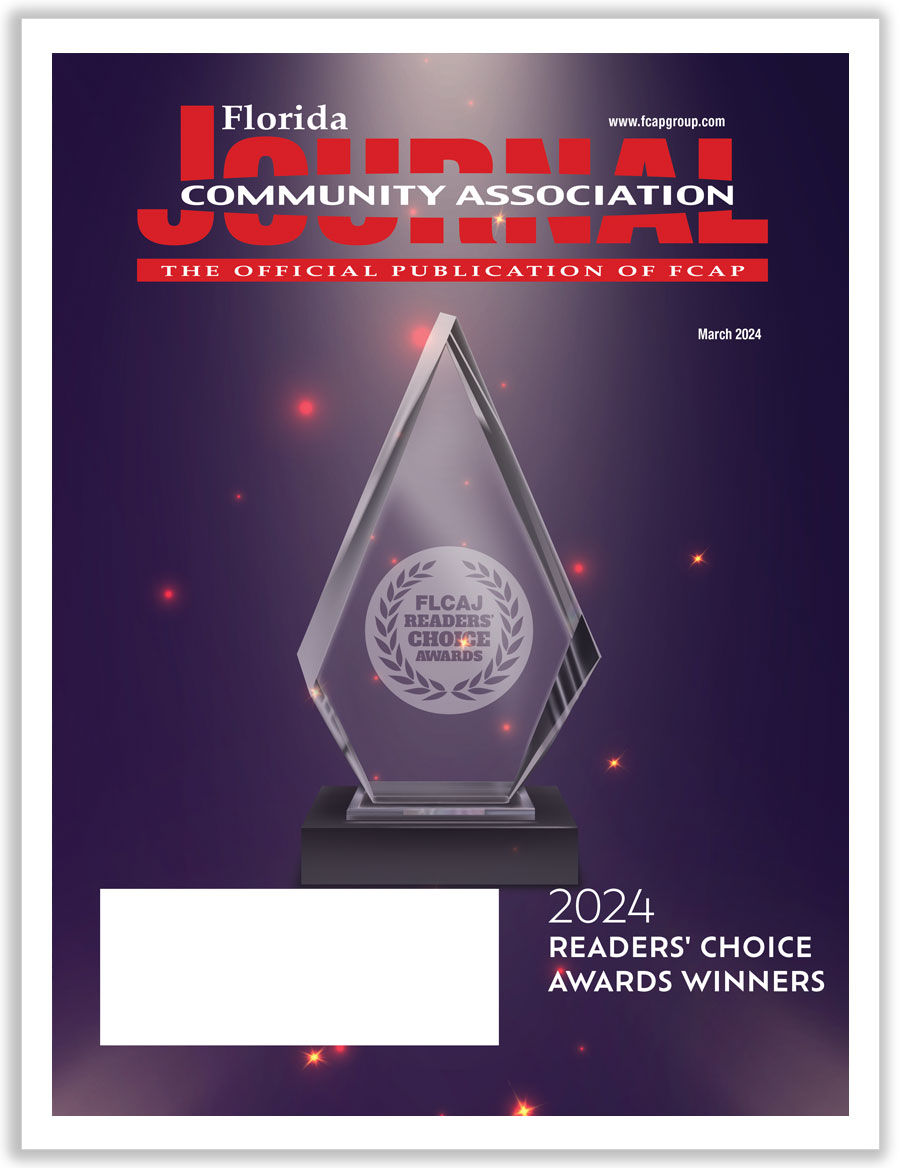
Bookkeeping and Saving Records for Reserves
By Sundeep Jay / Published August 2020

Bookkeeping and accounting are professions that require in-depth schooling and experience. All businesses, but especially those that serve in roles as property managers and treasurers, have to monitor, organize, record, and file away the monetary flow of revenues and expenses that are an ongoing part of businesses and/or community associations. In this article, I hope to provide some insight into the importance of learning basic concepts of bookkeeping/accounting for reserves and how these records should be saved.
There are two types of bookkeeping that property managers and board members have to manage for their community. The first type of bookkeeping is related to the operating account, and the second type is related to the community’s long-term assets, which is typically referenced as reserves.
BusinessDictionary.com defines operating expenses as “an expense incurred in carrying out an organization’s day-to-day activities but not directly associated with production” or asset replacements. Operating expenses include things such as payroll, management fees, utilities, lawn maintenance, pool maintenance, office supplies, etc. These expenses are typically recurring, year after year, and can be reasonably predicted for the next budget year. For example, the replacement of a pool or irrigation pump is not an operating expense.
Reserves are expenses related to the repair and or replacements of common and/or limited elements/assets, such as roofing systems, painting, paving, elevators, pool motors/pumps, irrigation pump stations, etc. The repair and replacements interval must be greater than one year. Typically, reserves are estimated since future costs are unknown due to their innate nature. For example, roofing may have a life of 20 years, but depending upon weather and the type of material used, the replacement time can vary. If a roof is neglected, the roofing structure may need additional work above and beyond the typical replacement costs. Depending upon the state of the local and/or national economy, the costs can also vary accordingly. In either case, budgeting for reserves is as important as preparing an annual budget for the association’s operating expenses.
First, it is important to understand that reserves are paying for “today’s” depreciation on the association’s long-term assets. Since it is extremely inconvenient to collect reserve dues daily, the association has set up a monthly, quarterly, or annual form of payment for reserve items. Every day the sun and rain are hitting the association’s roof, car tires are wearing down the asphalt or concrete, chemicals are wearing out the interior sidewalls of the pool, and so on. Most associations’ legal documents do not promise the replacement of future roofing systems or even repaving asphalt, but the documents are written for the association to provide a safe, working, and “somewhat” up-to-date environment in all of the common and limited areas. Keep in mind that someone 30–40 years ago paid market price for a unit that had pink bathroom wall tiles in the lobby restrooms. Today, a new buyer is also paying market price and deserves “somewhat” up-to-date interiors.
Second, though the State of Florida only requires record keeping to be saved for seven years, my professional belief is that asset maintenance and replacement related documents should be stored and saved indefinitely. Since the advent of computers, saving contracts, invoices, and proposals consumes much less space and retrieval is easy. Even though all record keeping is usually maintained and saved by an association’s management company, a copy should regularly (monthly or quarterly) be provided to the treasurer of the association. In other words, there should be two “independent” individuals who should maintain ongoing records of an association’s asset replacements and maintenance.
Other recommendations are to create a physical and electronic folder called “Reserves.” Within this folder/tab called “Reserves,” create folder names according to the “year of expenses” and/or by category names, such as roofing, painting, paving, pool, etc. All electronically saved documents (contracts/invoices) should be named accordingly: “roof replacement—2005,” “pool resurfacing—2012,” “restoration project—2018,” etc. The document naming and dating technique will make it much easier for future retrieval of information. Not everyone is an organizational expert, in which case, the association should obtain advice and guidance from the association’s CPA on how to better organize and save for the association’s asset-related documents.
Typically, retrieval of asset-related information will be needed in the following situations. The first scenario is when a recently replaced item breaks or doesn’t function properly but is still under warranty. Or, a board member might need to retrieve an older document pertaining to a 20-year roof that is prematurely failing at 12 years.
The second scenario arrives when the association is either ordering a brand-new reserve study or a reserve study update. In either case, it is extremely important to provide as much information as possible to the reserve analyst/specialist completing the report. It is impossible in year eight to determine whether a roof or lobby tiles are 5 years old or 12 years old. My experience has also shown that past information on an association’s county/city permitting may also be recorded incorrectly, if even recorded in the first place. Also, keep in mind that reserve companies prepare asset budgets, not destructive testing, to figure out the actual condition of the assets. So, any actual information such as contracts, proposals, and invoices provided to a reserve analyst can only make the report more accurate. A reserve analyst can and will use market information and timing of the remaining life in their analysis, but there is no substitute for using costs and timing of the replacement the association has actually incurred. In many associations, a reserve study is the only report a manager and/or a board member can use to see the approximate costs and the replacement times of most of the assets owned by the association in one place.
In conclusion, save asset-related documents in an independent folder called “Reserves.” Name every folder and document within Reserves so it is consistent and easy to understand for future retrieval. All asset-related documents should be saved by two separate individuals, typically a property manager/company and treasurer. All asset-related documentation should be saved indefinitely.
Sundeep Jay
Senior Reserve Specialist, J.R. Frazer Inc.
Sundeep Jay is certified as a senior reserve specialist. He has been completing reserve studies and condo/HOA property & flood valuation reports for a little more than three years with J. R. Frazer Inc. He graduated with a degree in accounting and computer science from the University of Central Florida. Throughout his career, he assisted in building more than 70 to 80 residential homes as a real estate broker while also operating his own mortgage company. For more information, call (561) 488-3012, email JRFrazerENT@aol.com, or visit www.JRfrazer.com.




